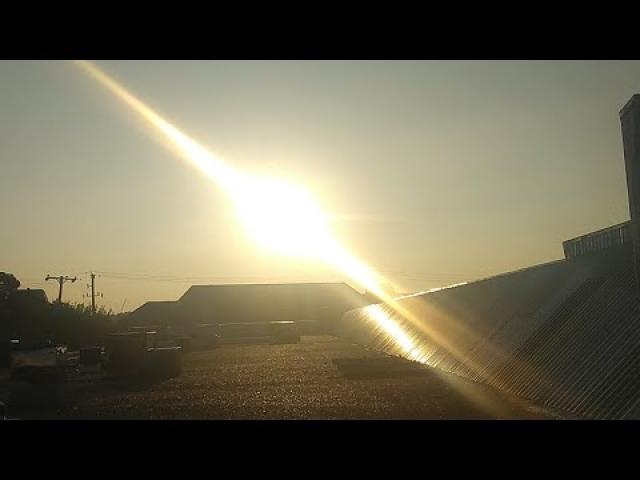Outer Space & Universe
Outer Space & Universe
Space, also known as outer space, is the near-vacuum between celestial bodies. It is where everything (all of the planets, stars, galaxies and other objects) is found.
On Earth, space begins at the Kármán line (100 km above sea level). This is where Earth's atmosphere is said to stop and outer space begins. This is not a firm boundary but is a convention used by scientists and diplomats.
Items in space are free to move back and forth; up and down; and left and right. These three dimensions are what make 3D space. Items also move forward through time, which is sometimes called the fourth dimension.
The majority of space contains very little matter and so most of it is a vacuum. Scientists do not know how big space is but we do know that space is extremely big, and is always expanding.
According to the big bang theory, all matter and energy in the Universe was compressed into a very small space. Then it exploded and started expanding. Space is still growing in size today; this means the distance from one galaxy to distant galaxies is getting longer.
Gravity is the force that keeps the Moon in orbit around the Earth and the planets in orbit around the Sun. Gravity can stretch and bend space similar to how a heavy ball placed on a stretched sheet of rubber will cause the rubber to stretch. The scientist who discovered that space can bend is named Albert Einstein. How gravity bends space is part of his theory of general relativity.
Astronauts, Cosmonauts, Taikonauts and Spationauts
An astronaut is any person who is trained by NASA to travel and perform tasks in space. Although the space traveler may not necessarily be a United States citizen, each astronaut does go through a rigorous training regiment by the National Aeronautics and Space Administration. Other space travelers go by other names then astronaut depending on their country of origin.
In the United States, astronaut is derived from the Greek words ástron (star) and nautis (sailor). While, in Russia, a space traveler goes by the name космонавт (English: cosmonaut), which is derived from the Greek words kosmos (universe) and nautis (sailor). Westerners call a space traveler from China a taikonaut, based on the 1998 writings of Chiew Lee Yik and Chen Lan where the term tàikōng (great emptiness), Chinese for “space”. In China, the term yuháng yuán (universe navigator) is used for space traveler.
Only the United States of America (United States), Russia (earlier, the Union of Soviet Socialist Republics), and the People’s Republic of China (China) have sent manned spacecraft into space. Other countries have assisted these countries by sending their own space travelers on space missions. For instance, a French space traveler is called a spationaut (from the French word spationaute), which is derived from the Latin spatium (space) and Greek nautis (sailor). (plural in Greek nautes = sailors)
-
01:00
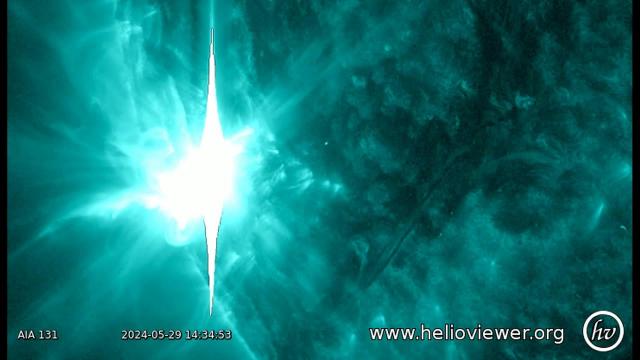
X1.4 flare! Huge sunspot that triggered May's amazing solar storms back at it
Added 112 Views / 0 LikesSunspot AR3697 (formerly AR3664) unleased an X1.4-class solar flare on May 29, 2024. NASA's Solar Dynamics Observatory captured the fireworks. This active region on the sun was responsible for a bevy of powerful flares and a massive solar storm that creat
-
01:24
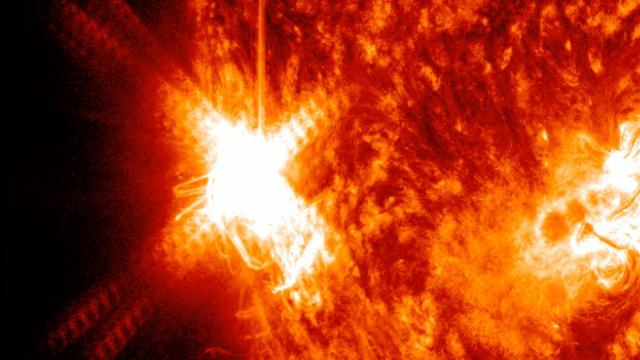
X1.9 solar flare! Hyperactive sunspot eruption seen by spacecraft
Added 184 Views / 0 LikesSunspot AR3184 erupted with an X1.9-class solar flare on Jan. 9, 2022. NASA's Solar Dynamics Observatory (SDO) captured the fireworks. The sunspot has been very active since it rotated into SDO's view. Credit: NASA/SDO/helioviewer.org | edited by Space.co
-
04:02

X100,000 Flare Unleashed By Nearby Red Dwarf | Video
Added 616 Views / 0 LikesX100,000 Flare Unleashed By Nearby Red Dwarf | Video
-
01:10

X2 flare! Sunpot's powerful eruption captured in multiple wavelengths
Added 84 Views / 0 LikesSunspot AR3738 erupted with a X2-class solar flare on July 16, 2024. See the blast in multiple wavelengths from NASA's Solar Dynamics Observatory. Footage courtesy: NASA / SDO and the AIA, EVE, and HMI science teams, helioviewer.org | edted by Space.com's
-
01:02
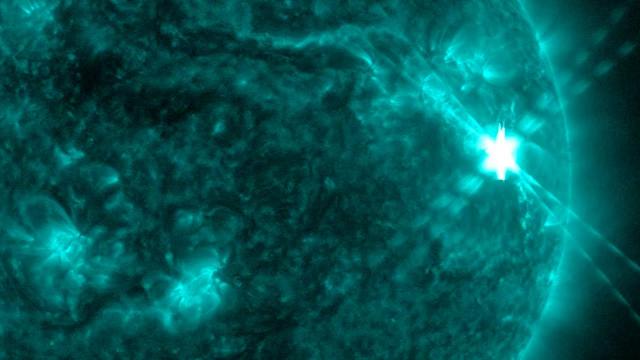
X2.8! Sun blasts most powerful flare since 2017, spacecraft sees it
Added 119 Views / 0 LikesNASA’s Solar Dynamics Observatory captured an X2.8-class solar flare and a pair of m-flares that preceded it in multiple wavelengths on Dec. 14, 2023. It was the biggest flare since an X9.3 flare in Sept. 2017. Credit: Space.com | footage courtesy: NASA /
-
01:06

X2.9 flare! Sunspot AR3664 returns with major eruption, spits fire
Added 109 Views / 0 LikesSunspot AR3664 blasted an X2.9-class solar flare on May 27, 2024. This active region on the sun was responsible for a bevy of powerful flares and a massive solar storm that created the aurora show that captivated Earth earlier this month. It is now rotati
-
01:06
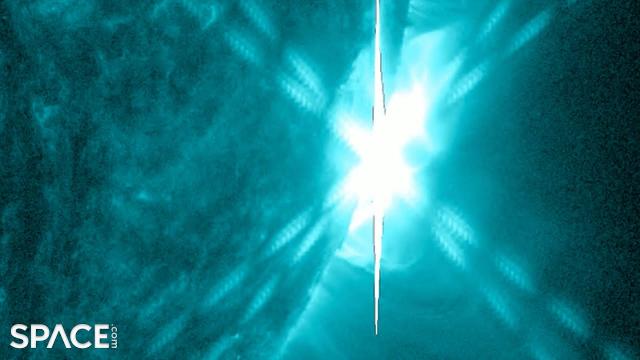
X3.4! Big sunspot blasts another major flare on way out
Added 103 Views / 0 LikesSunspot AR3664 is almost completely out of view but continues to deliver fireworks. The latest blast comes in as an X3.48-class solar flare. NASA's Solar Dynamics Observatory captured footage of it in multiple wavelengths. The sunspot is no longer facing
-
01:08
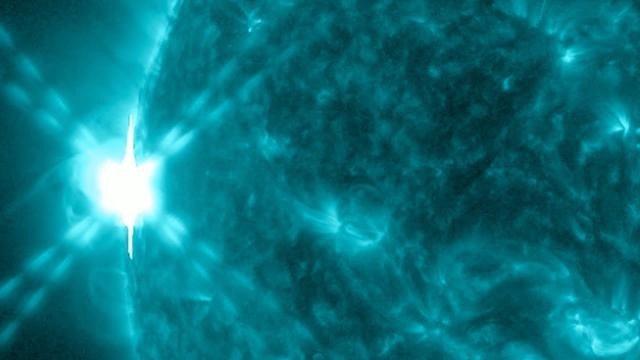
X5 flare! Sun bids farewell to 2023 will massive blast
Added 127 Views / 0 LikesThe sun erupted with an X5-class solar flare on Dec. 31, 2023. NASA Solar Dynamics Observatory captured the fireworks in multiple wavelengths. Credit: Space.com | footage courtesy: NASA/SDO/Helioviewer.org | edited by [Steve Spaleta](https://twitter.com/s
-
01:13
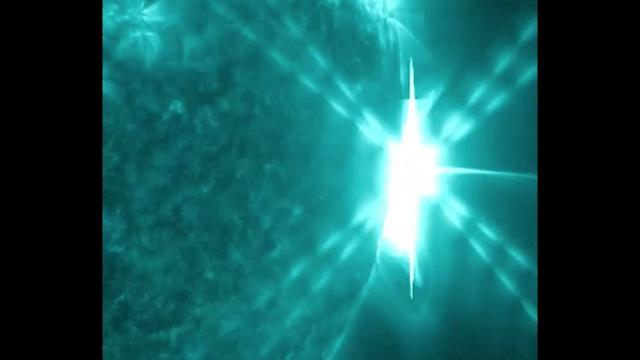
X8.2 Flare! Sunspot Fires Parting Shot
Added 527 Views / 1 LikesX8.2 Flare! Sunspot Fires Parting Shot
-
01:06
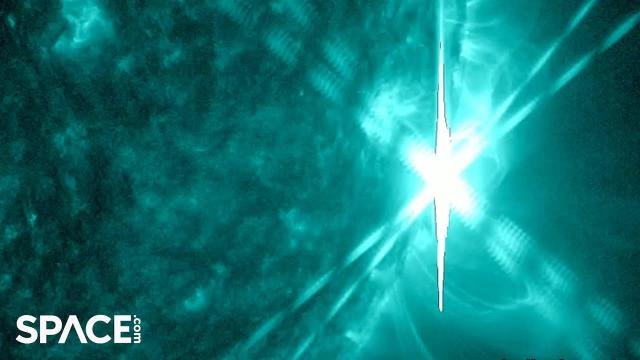
X8.7! Huge sunspot blasts biggest flare of solar cycle - Spacecraft sees it and more
Added 125 Views / 0 LikesExtremely active sunspot AR3664 blasted a major X8.7-class solar flare on May 14, 2023. The sunspot was behind the incredible geomagnetic storms that recently bathed Earth in auroras. Full Story: https://www.space.com/sun-solar-flare-sunspot-ar3664-x88-cl
-
01:12

X9! Sun unleashes biggest solar flare since 2017 - See a time-lapse
Added 76 Views / 0 LikesSunspot AR3842 erupted with an X9-class solar flare on Oct. 1, 2024. It was the biggest flare since the X8.2 flare of September 2017.NASA's Solar Dynamics Observatory captured the fireworks. Footage courtesy: NASA / SDO and the AIA, EVE, and HMI science t
-
00:51
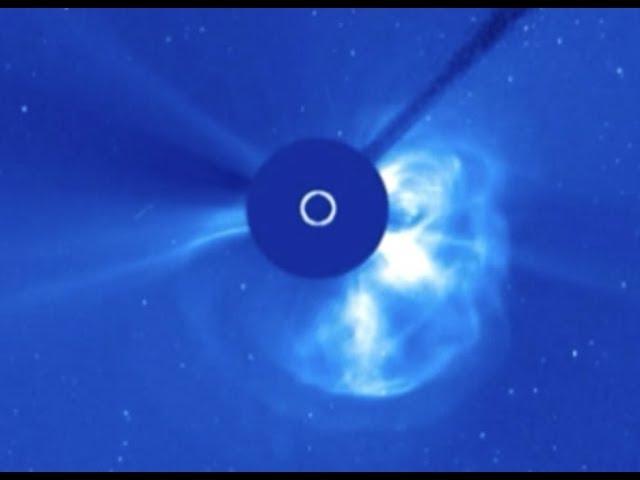
X9.3 Solar Flare Blasts Huge Coronal Mass Ejection
Added 729 Views / 0 LikesX9.3 Solar Flare Blasts Huge Coronal Mass Ejection
-
01:07

Xombie Rocket Demonstrates 'Sky-Walking' and Landing
Added 623 Views / 0 LikesThe Masten Space Systems suborbital rocket executed a successful lift off, horizontal flight (sky-walking) of 50 meters down range and landing at the Mojave Air and Space Port on Feb. 2, 2012.
-
03:06
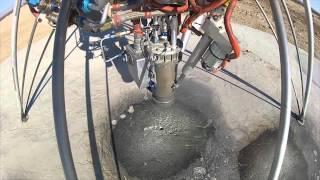
Xombie Rocket Diverts Itself To New Landing Pad | Video
Added 1,017 Views / 0 LikesNASA's Jet Propulsion Laboratory tested its G-FOLD divert algorithm experimental landing system aboard the Masten rocket in Sept. 2013. This algorithm allows the rocket to autonomously select an alternate landing site.
-
01:24

Year of Education on Station: Fun Facts
Added 458 Views / 0 LikesCheck out this packed-with-info video to find out how many students, educators, and countries benefited from NASA’s Year of Education on Station! YES consisted of astronauts and former teachers Joe Acaba and Ricky Arnold making the International Space Sta
-
01:02
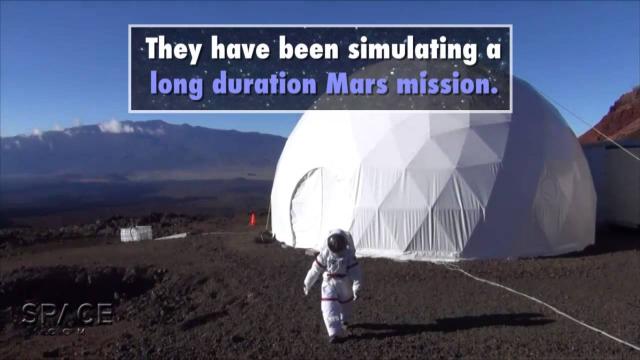
Yearlong Mock Mars Mission In Hawaii - What Was Studied? | Video
Added 627 Views / 0 LikesYearlong Mock Mars Mission In Hawaii - What Was Studied? | Video
-
06:53

Yikes. Asteroid 2022 EB5 discovered 2 hours before it hit Earth!
Added 219 Views / 0 LikesOverall, Asteroid Fight Club gets an A+ from me though for the last 9 years.God bless everyone,T LEWISON5430 BIRDWOOD RD. #416HOUSTON TEXAS 77096https://www.paypal.me/THORnewshttps://venmo.com/TEric-Lewison$THORnews on CashApphttps://www.patreon.com/thorn
-
05:40
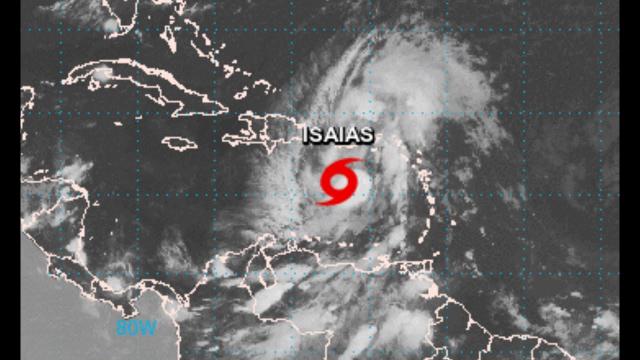
YO Hurricane Isaias is probably the next BIG BOSS FIGHT for the United* States of America.
Added 368 Views / 0 Likesthe clock is ticking & the game is real.2020 continues.May God bless us All.T
-
06:01
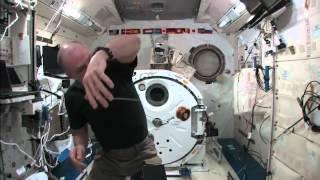
Yo-Yo Tricks In Space - Astronauts Tests His Skills | Video
Added 824 Views / 0 LikesFun with Physics! NASA astronaut Don Pettit enjoyed some of his off-duty time showcasing yo-yo behavior in microgravity aboard the International Space Station. Read more from Don Pettit http://goo.gl/FKrO8

